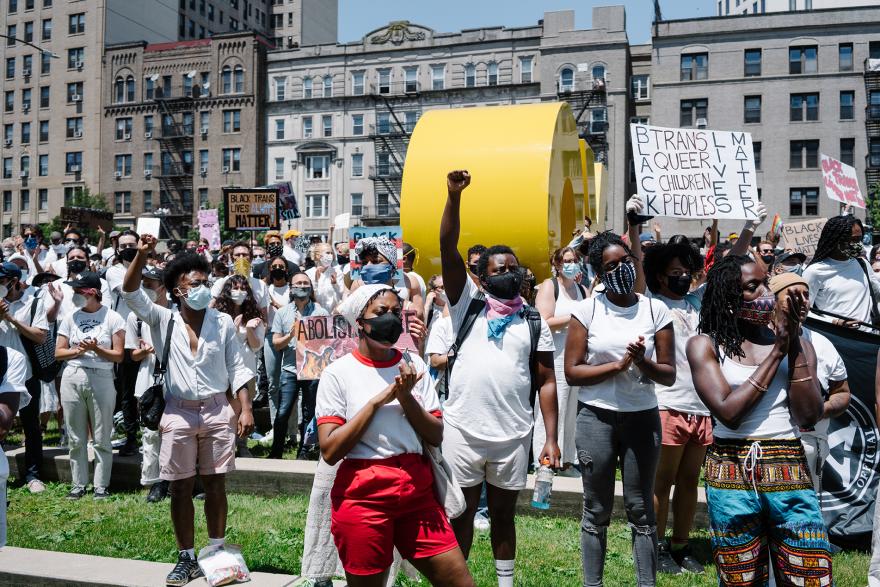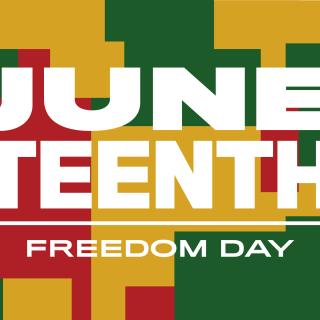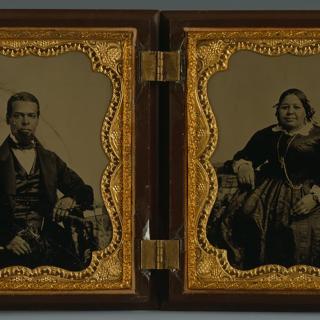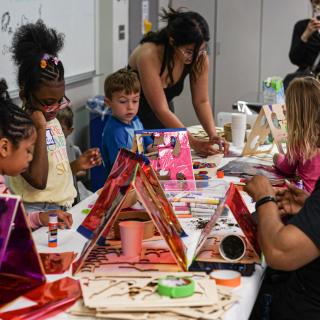The Movement for Black Lives

New York activists have been integral to what is known as the Movement for Black Lives (M4BL), a sustained and organized force for change across the country.
Use the resources below to learn more about the Movement for Black Lives and historical and contemporary activism for racial justice.
Online Exhibition: Activist New York
The Activist New York online exhibition explores the history of activism in New York City from the 1600s through today. Exploring issues of political and civil rights, religious freedom, immigration, gender equality, environmental advocacy, and economic rights—and drawing on artifacts, images, and interactive components — Activist New York provides a sweeping look at the passions and conflicts that underlie the city’s history of agitation and the New Yorkers who have mobilized to fight for the city they want to see.
Examine the resources in the Activist New York case study Racial Justice Today: The Movement for Black Lives, 2012-2020 to learn more about the Movement for Black Lives in New York City and beyond.
Lesson Plan: Racial Justice Today: The Movement for Black Lives, 2012-2020
In this lesson, students will become familiar with the sustained and organized activism of the Movement for Black Lives and examine how the recent 2020 uprisings brought #BlackLivesMatter back to the center of national conversation.
By viewing and interpreting sources, students will analyze the key issues of ending racial injustice, increasing community control, and providing equal access to health care, food, safety, and education in Black and Brown communities.
Find the lesson plan “Racial Justice Today: The Movement for Black Lives, 2012-2020” on the Lesson Plans section of the online exhibition here.
In Conversation: Dr. Christopher Paul Harris
In 2021, Dr. Christopher Paul Harris joined MCNY Museum Educator Jelissa Caldwell to discuss Black Activism: Past, Present, and Future. Watch their conversation below on connecting the Movement for Black Lives to past Black activism, intersectionality, advocacy for safety, self-care and self-pride, the process of reimagining the future, and the journey of emancipation.
Video Editing: Salahadeen Betts for Seven Six Media, Inc. (sbetts.com).
About the Historian: Dr. Christopher Paul Harris
Dr. Christopher Paul Harris is a postdoctoral fellow in African American Studies at Northwestern University and an incoming Assistant Professor of Global Black Studies in the Department of Global and International Studies at the University of California, Irvine. His first book, “To Build a Black Future: Blackness and Social Movement in the Time of #BlackLivesMatter” is forthcoming from Princeton University Press.
He is also a former predoctoral fellow at the Museum of the City of New York, during which he co-curated, with Dr. Sarah Seidman, Puffin Foundation Curator of Social Activism, the dedicated section on the Movement for Black Lives in the Museum’s exhibition Activist New York.
MCNY Digital Education
Information about the Museum’s programs for teachers, students, and families, as well as online lesson plans and educational resources, can be found on the Museum’s Digital Education Hub: mcny.org/DigitalEd
Supporters
Education programs in conjunction with Activist New York are made possible by The Puffin Foundation, Ltd.
The Frederick A.O. Schwarz Education Center is endowed by grants from The Thompson Family Foundation Fund, the F.A.O. Schwarz Family Foundation, the William Randolph Hearst Endowment, and other generous donors.





